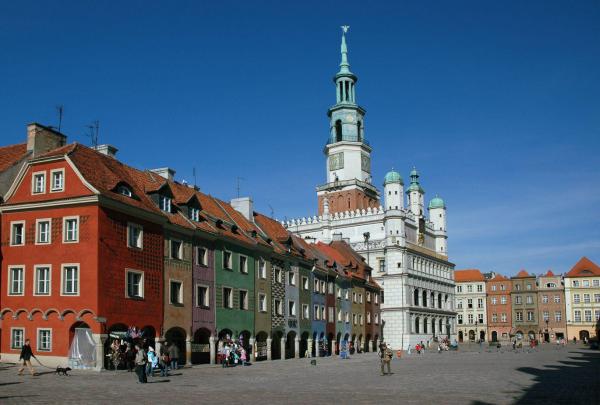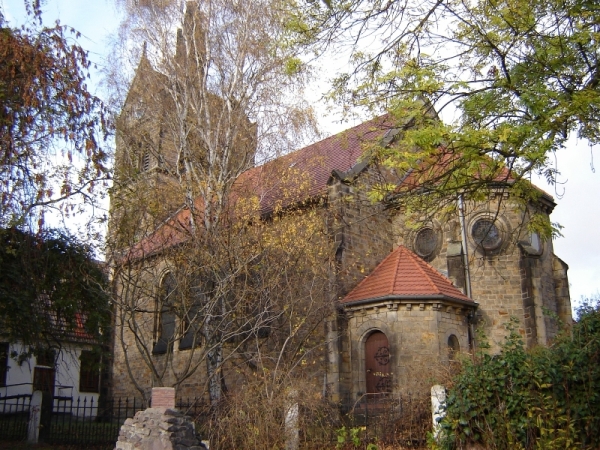Conversion to Catholicism
Anna’s mother-in-law living at Etzenhausen near Dachau insisted that she and her baby converted to the Catholic faith. This intent according to the Wolmirstedt-Zielitz family clan represented the ultimate of impertinence towards the family, which from earliest times has presumably adhered to the Lutheran confession.
As long as Ludwig Max von Waldenfels has been for 16 long years serving in the same Metzger regiment (1905 battalion assisting officer, 1909 promoted to senior lieutenant, 1913 captain and company commander), religious questions played a minor role in Ludwig’s life. However, the choice of his wife was an entirely different matter. Anna did not befit his social status.
Anna and Ludwig must have been trying for years to navigate around the cliff of Ludwig’s mother’s adamant position. Now because of mother-in-law’s pressure and of related inheritance and financial questions, the situation demanded a sacrifice, from which there seemed to be no escape. The future husband had earlier introduced Anna to his mother as a ‘society woman’. The wedding took place on October 19, 1916. At the same time little Fritz Georg most likely was baptized into the Catholic faith. Obviously money and inheritance matters accelerated the decisive step.
Twelve years had passed until the Klopp offspring Fritz Georg received the prestigiously sounding name von Waldenfels now even with the blessing of his grandmother and the Catholic church. Now the Klopp family of Wolmirstedt and Zielitz could no longer despise Anna for her loose life style they had accused her before, but her conversion to catholicism definitely made her a renegade in their envious eyes. It made no difference whether her change of religion was based on Jewish or Catholic causes. Despicable was everything that deviated from the Wolmirsted-Zielitz norm, even at the risk of having confused in their stupidity apples with pears.





